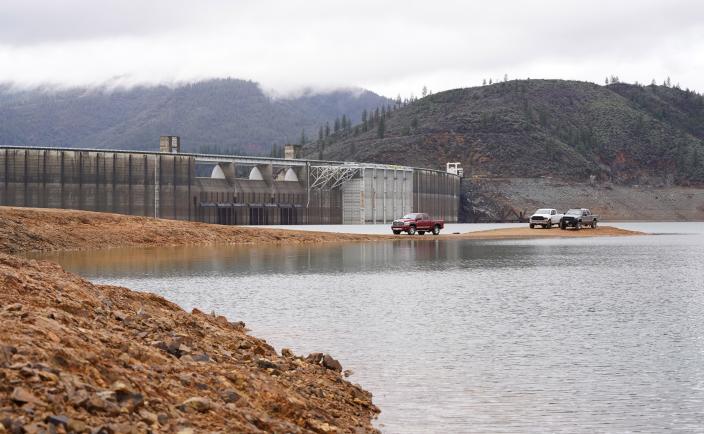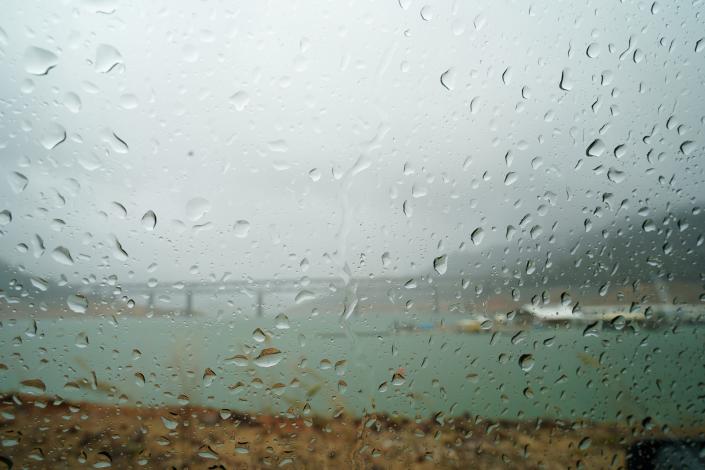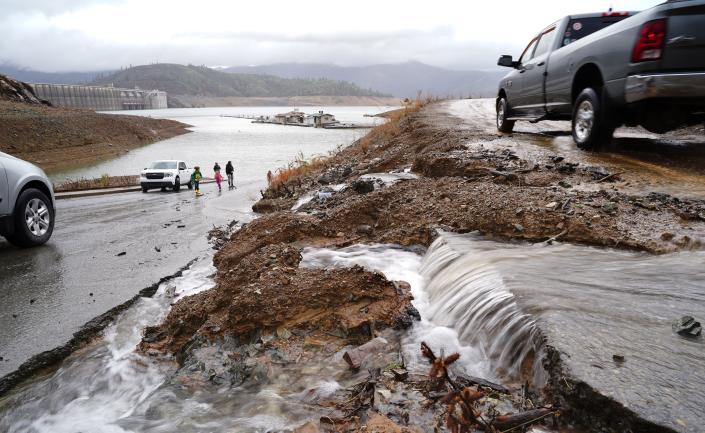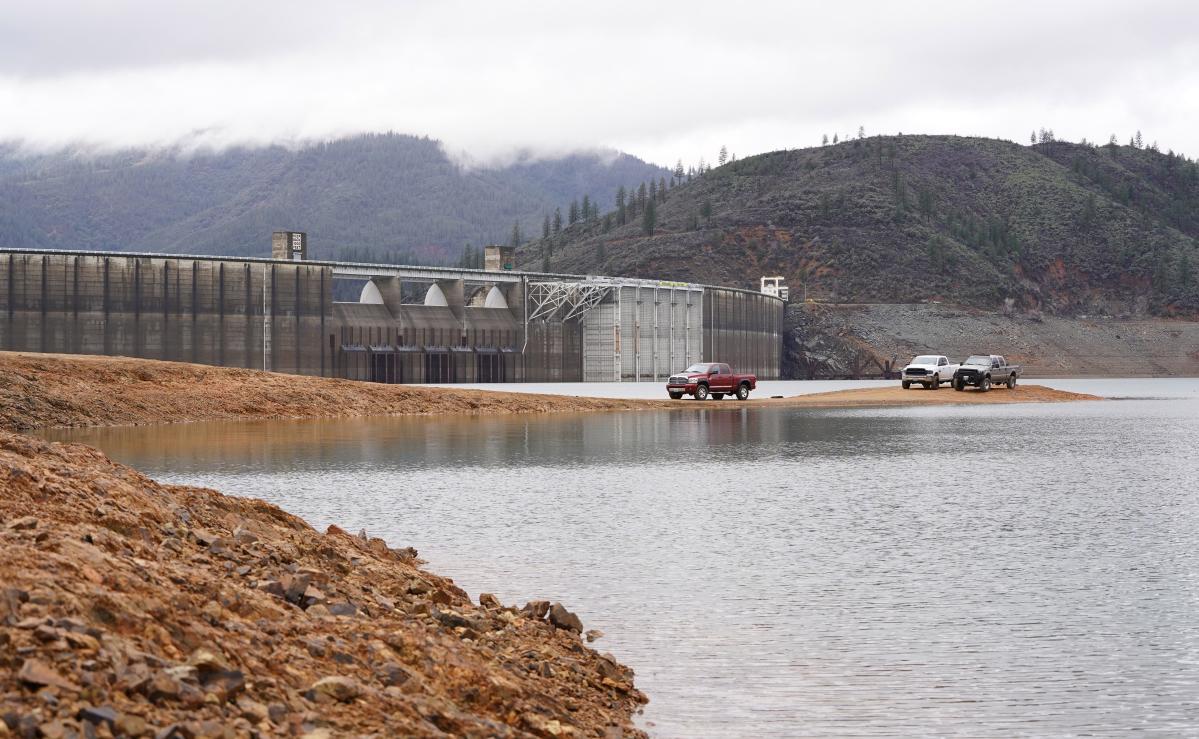
Something unusual has happened in Shasta County over the past eight days.
North State residents have struggled through three years of drought that killed crops, drained lakes and imposed severe water cuts on residents who just wanted to water their lawns or grow a few tomatoes.
The drought is not over yet, but the amount of rain that has fallen over the region since January 1 has brought at least a small measure of good news.
As of Sunday morning, just under 3 inches of rain had fallen from January 1 and 8 at the Redding Regional Airport, more than double the normal 1.33 inches that normally falls this time of year, according to the National Weather Service. Service.
Total rainfall from October 1 to January 8 was also slightly above normal, according to the weather service. As of Sunday, Redding had been sitting at 13.6 inches since Oct. 1; the normal for that period is 13.09 inches.
Despite all the rain of recent times, the US drought monitor does not give good news for the northern state. Like a big blob of spilled ink, California’s drought monitor map showed a red lake covering most of the Sacramento and San Joaquin valleys, the color that indicates the area isn’t in a moderate or severe drought, but in an even worse “extreme” drought. .

Eric Kurth, a weather service meteorologist in Sacramento, said his agency doesn’t rely on droughts.
“But I can tell you that we’ve been getting quite a bit of favorable rainfall over the past few weeks and the snowpack has increased. Those are ingredients to look at for drought, but that’s not something we’re explaining,” Kurth said. “So all I can say is we’ve definitely had some beneficial improvements in terms of how much rainfall, how much snow we have and soil moisture has improved.”
The amount of precipitation in Redding this year is still below the 14.77 inches that Redding received from Oct. 1 to Jan. 8 last year, Kurth said. The weather service considers October 1 as the start of the water year and also measures the precipitation totals from that date.
Most of the rain Redding received in the fall and winter of 2021-2022 fell in October, Kurth said. There was very little rain in January, February and March of 2022, further exacerbating the drought.
However, unlike last year, the rainy spells are expected to continue through the remainder of January 2023, Kurth said.
“Last year at this point we were dry and reaching record temperatures. It was warm and dry for several months for our wettest time of the year,” he said.

“I can say with good certainty that we will not have a dry January this year. That is very clear,” said Kurth.
Over the next week, the Redding area could receive as much as 2 inches of rain on Tuesday and up to 5 inches on Sunday, he said.
The recent rains have also helped slowly fill Lake Shasta, an important reservoir not only for the Redding area, but for the entire state. Over the past week, the water level in the lake has risen about 2.5 meters due to the rain.
On Sunday, Lake Shasta was 37% full and 62% of the average for the date, according to the California Department of Water Resources.
Many local water boards, including the City of Redding, the Bella Vista Water District, and other smaller water districts, receive water that is held behind the Shasta Dam. When the lake level drops too low due to a lack of rainfall, the U.S. Bureau of Reclamation has to cut water supplies to local agencies.
Water supplies from the lake will be reduced to historically low levels by 2022 due to the drought. In the Bella Vista Water District, which serves residents from East Redding to Palo Cedro and Bella Vista, water was reduced to zero, with the district receiving only enough from the agency to meet health and safety standards.
The Anderson-Cottonwood Irrigation District, which supplies farms in southern Shasta and northern Tehama counties, was also without water last year, failing to provide water to its customers for the first time in 106 years.
This article originally appeared on Redding Record Searchlight: Shasta Lake level rises; Rescue rain total twice normal since January 1

